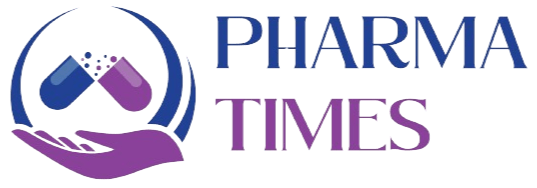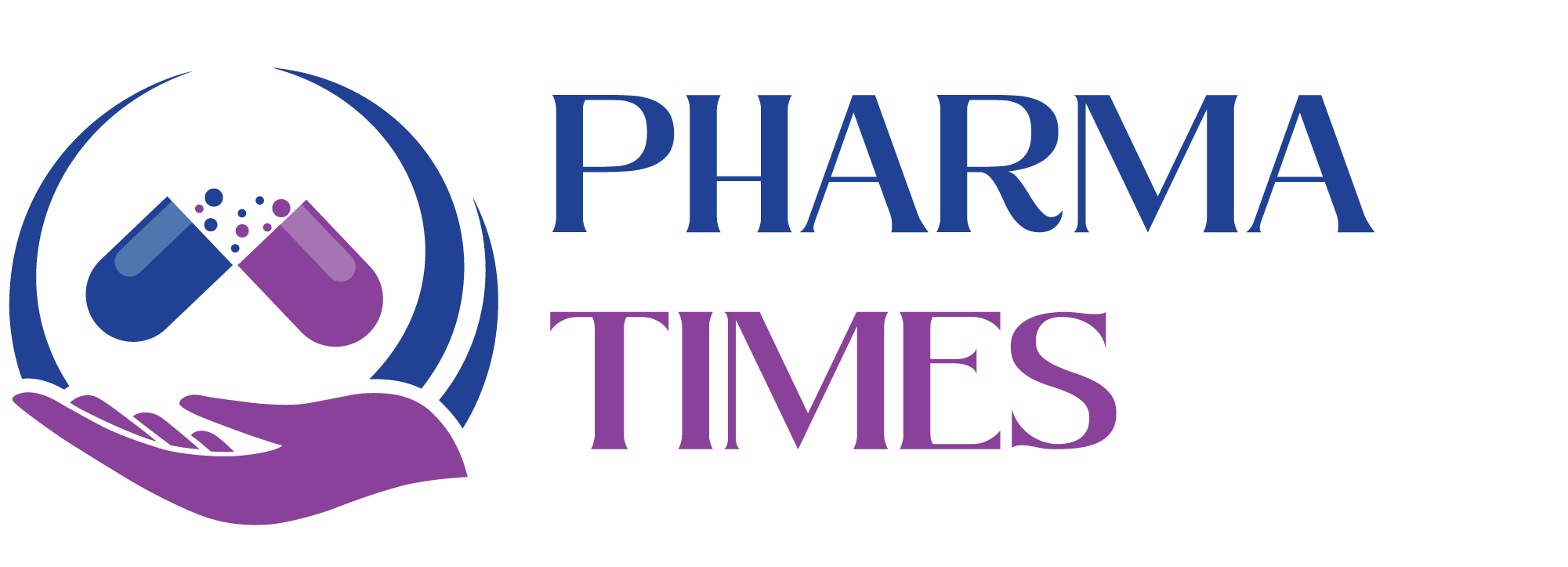Understanding the Difference Between Sterile and Pyrogen-Free in Pharmaceuticals
Understanding the Difference Between Sterile and Pyrogen-Free in Pharmaceuticals
In the pharmaceutical industry, “sterile” and “pyrogen-free” are critical terms, but they represent different standards of safety. Sterility refers to the complete elimination of all living microorganisms, achieved through processes like autoclaving or filtration. While a substance may be sterile, it can still contain pyrogens—fever-inducing substances that persist even after microorganisms are destroyed.
Pyrogens, particularly endotoxins from Gram-negative bacteria, can pose serious health risks. Endotoxins are fragments of bacterial cell walls that remain even after sterilization and can lead to fever if introduced into the body. Thus, ensuring that pharmaceutical products are both sterile and free from pyrogens is vital for patient safety.
Pyrogen Detection Methods
Ensuring products are pyrogen-free requires rigorous testing methods. Two common approaches include:
- Rabbit Pyrogen Test (RPT): In this method, samples are injected into rabbits, and their body temperature is monitored for signs of fever. Although effective, this test has limitations such as time consumption and the potential for false positives, making it less popular in modern testing.
- Limulus Amebocyte Lysate (LAL) Test: The LAL test, which uses blood cells from horseshoe crabs, is highly sensitive to endotoxins. When exposed to endotoxins, these cells clot, allowing for easy detection. There are three variations of the LAL test: gel-clot, turbidimetric, and chromogenic, each offering different levels of sensitivity and suitability depending on the product type.
Methods for Pyrogen Removal
Eliminating pyrogens, particularly endotoxins, can be challenging, but several methods are effective in either removing or neutralizing them:
- Ion Exchange Chromatography: This technique separates pyrogens from pharmaceutical solutions.
- Ultrafiltration: A size-based filtration process that helps filter out endotoxins from liquids.
- High-Temperature Heating: Heating equipment at 250°C for 30 minutes or at 200°C for an hour is effective in destroying pyrogens.
- Chemical Methods: Acid-base hydrolysis and oxidation are chemical processes used to break down endotoxin molecules, making them inactive.

